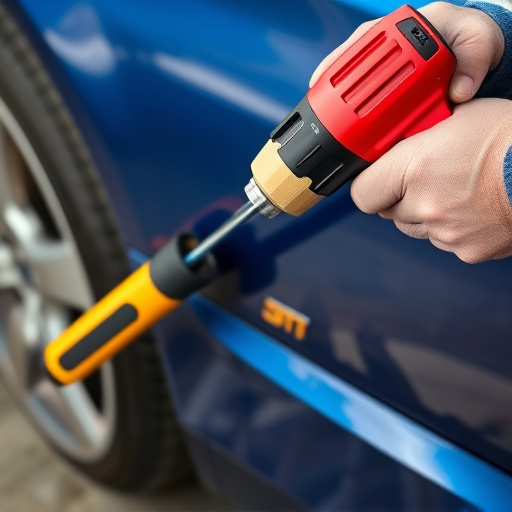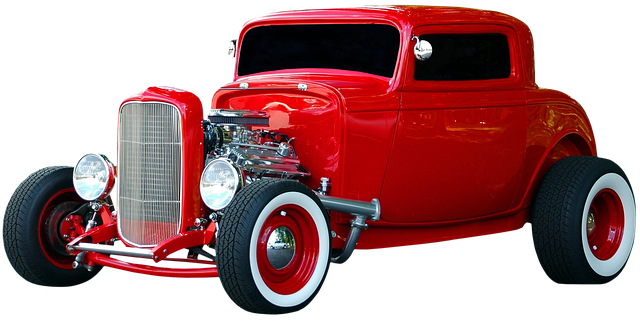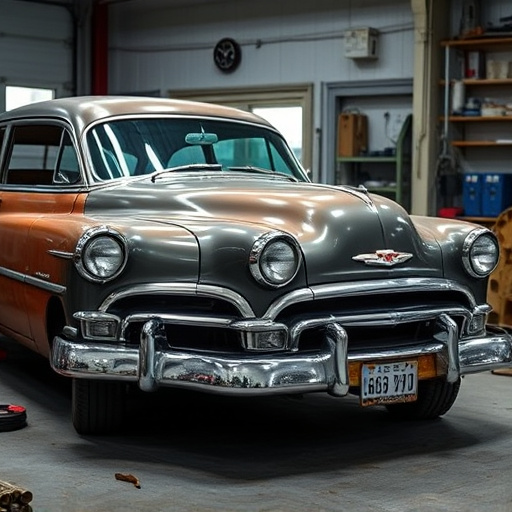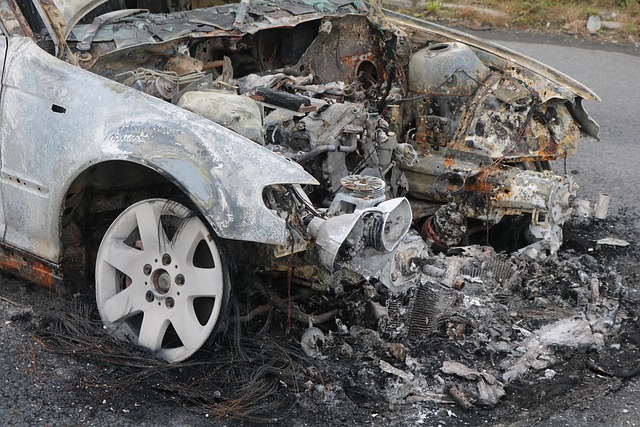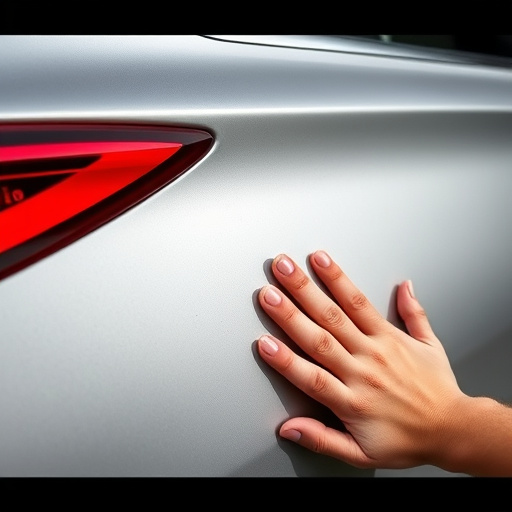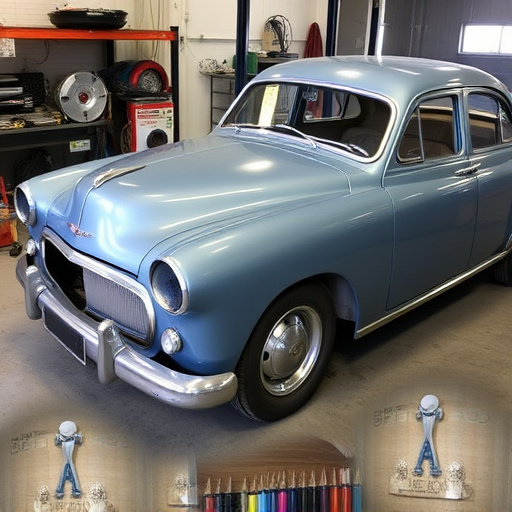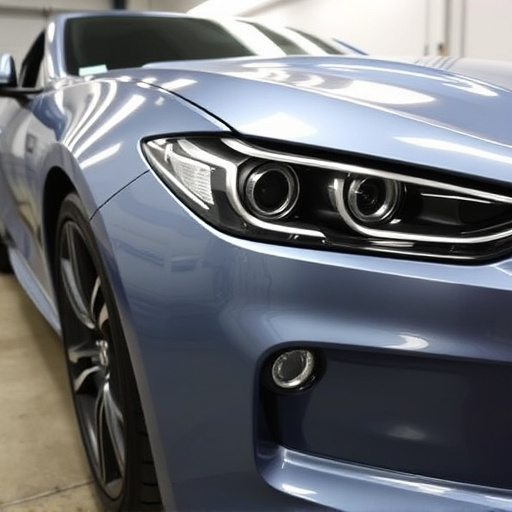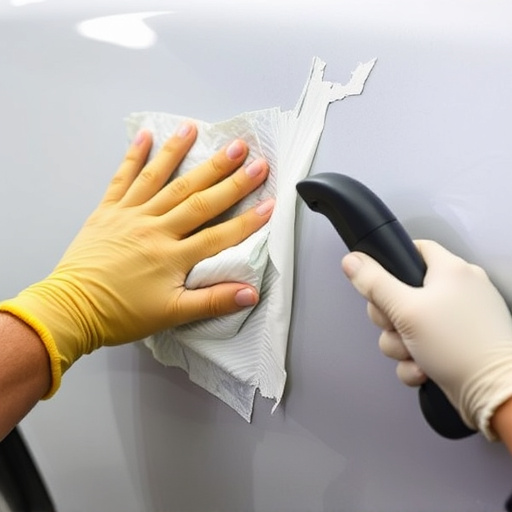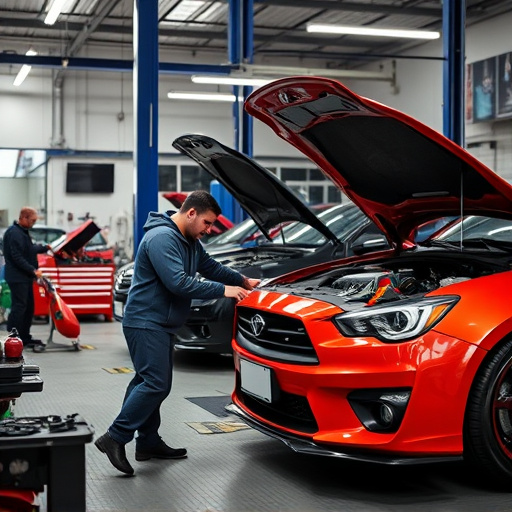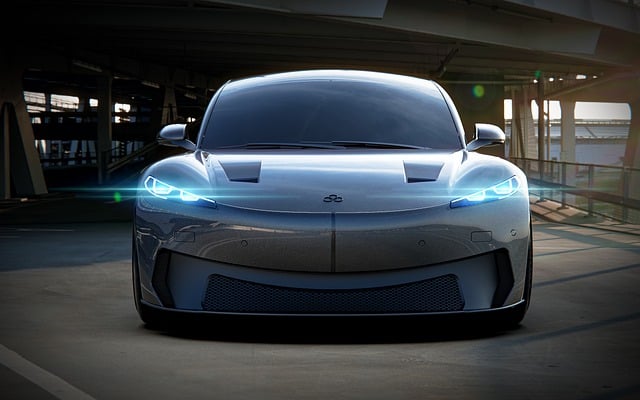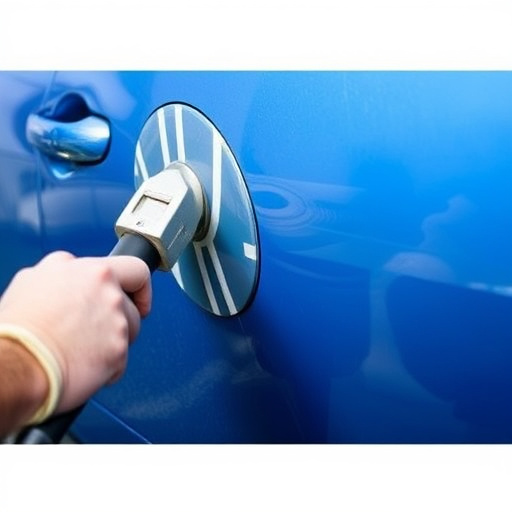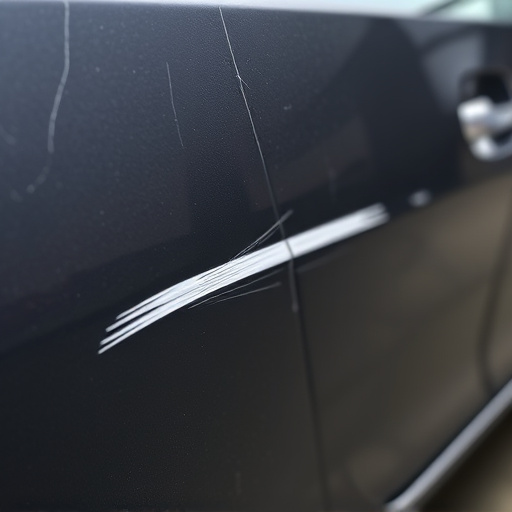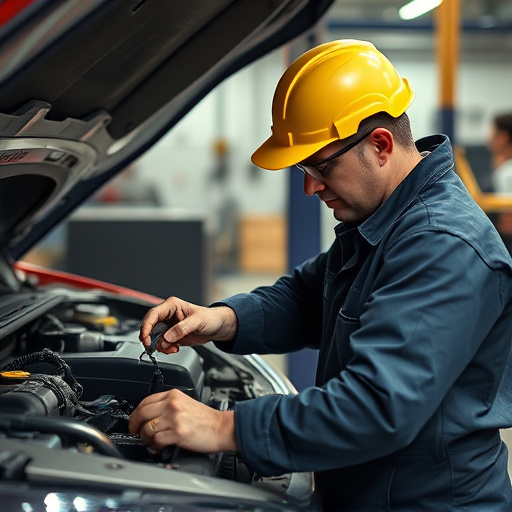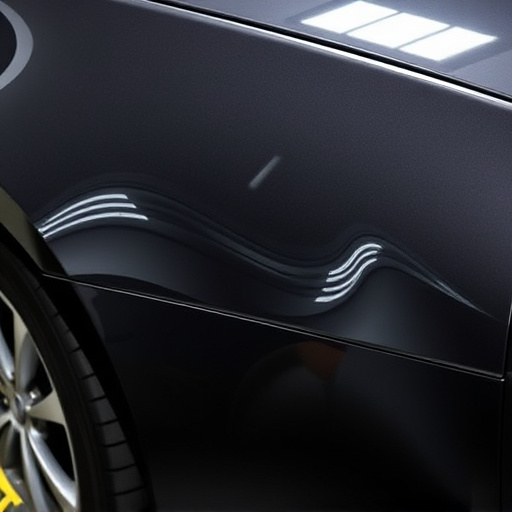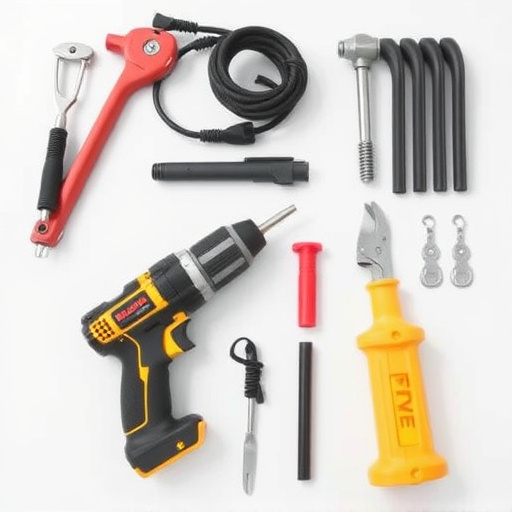Computerized paint matching technology revolutionizes collision repair and automotive restoration by precisely analyzing color specifications to achieve perfect matches, saving time and reducing errors. This innovative system surpasses traditional methods, enabling consistent paint jobs and accommodating customization requests. Shops leveraging this technology gain significant advantages through equipment calibration, but initial setup requires substantial investment in specialized hardware and software, along with regular maintenance and staff training.
In the realm of precision painting, equipment calibration is paramount for achieving accurate color matching. This article delves into the intricacies of how shops utilize computerized paint matching technology to ensure consistent, high-quality results. We’ll explore the step-by-step calibration process, uncover the benefits and challenges involved, and provide valuable insights for professionals seeking to optimize their painting processes. By understanding these techniques, businesses can elevate their craftsmanship and customer satisfaction.
- Understanding Computerized Paint Matching Technology
- Calibration Process: Step-by-Step Guide
- Benefits and Challenges in Equipment Calibration
Understanding Computerized Paint Matching Technology
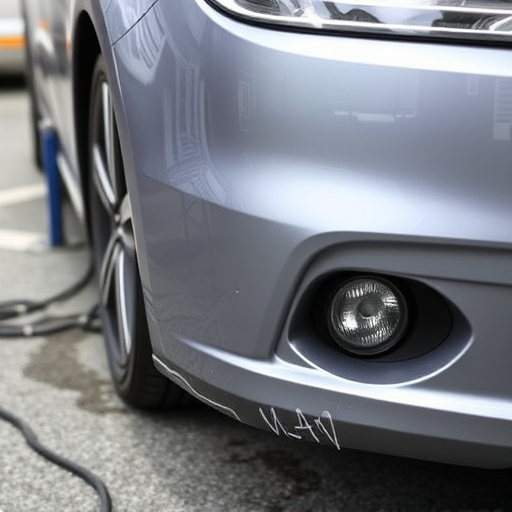
Computerized paint matching technology has revolutionized the way shops approach vehicle collision repair and automotive restoration. This advanced system uses sophisticated algorithms and databases to analyze and match the exact color specifications of paints, ensuring precise results. By inputting a vehicle’s unique color code or sample, the technology scans through an extensive digital library of colors to find an exact match, taking into account factors like hue, saturation, and value.
This innovative approach significantly improves accuracy compared to traditional methods. It not only saves time but also minimizes human error, resulting in more consistent paint jobs across various automotive repair services. Moreover, the technology allows for easy adjustments and modifications, catering to unique customization requests in automotive restoration projects.
Calibration Process: Step-by-Step Guide
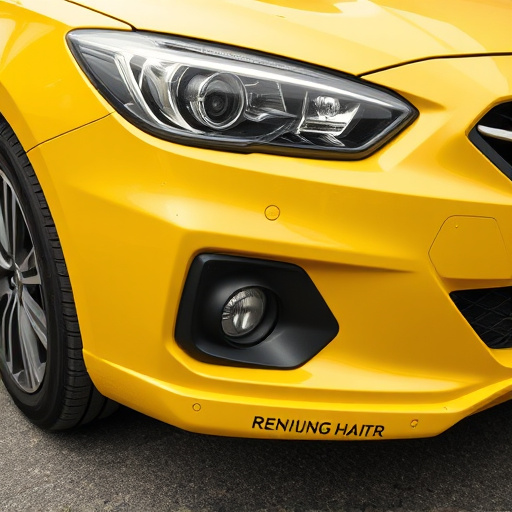
The calibration process for accurate paint matching involves several precise steps. It begins with preparing a sample of the vehicle’s original paint, which is then compared to a vast database of known colors using specialized equipment. This computerized paint matching technology scans and analyzes the paint’s unique spectral properties, ensuring an exact match.
Next, the system projects a range of potential color options onto a screen, allowing technicians to select the closest match visually. Advanced algorithms then cross-reference this selection with the database to confirm the accuracy. If adjustments are needed, the process iterates, fine-tuning until the perfect match is achieved. This meticulous approach ensures that when repairing car damage or performing dent removal on vehicle bodywork, the final touch matches seamlessly with the original paint job.
Benefits and Challenges in Equipment Calibration
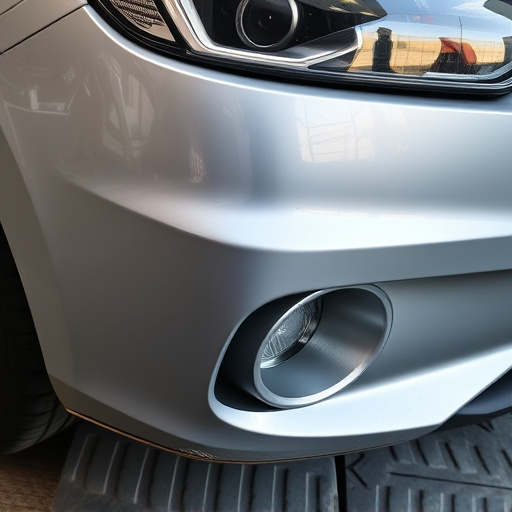
Shops employing computerized paint matching technology reap numerous benefits when it comes to equipment calibration for accurate paint matching. This advanced system ensures precise color replication by analyzing and comparing a vast spectrum of colors, enabling shops to match even the subtlest hues accurately. Calibration allows for consistent results across different models and makes, which is particularly valuable in vehicle restoration and vehicle repair services, where maintaining original aesthetics is paramount.
Despite these advantages, equipment calibration presents its own set of challenges. The initial setup requires significant investment in specialized hardware and software. Moreover, regular maintenance and updates are crucial to ensure the system remains calibrated accurately over time, especially as new paint formulas and techniques emerge. Shops must also factor in staff training to operate and interpret the data from these sophisticated systems effectively.
Shops leverage computerized paint matching technology for precise color accuracy, streamlining repair and customization processes. Through regular calibration, they ensure equipment remains tuned to industry standards, delivering high-quality finishes. This practice involves a meticulous step-by-step process, balancing benefits like enhanced consistency with challenges such as ongoing maintenance demands. By staying calibrated, shops maintain their competitive edge in the market for quality and customer satisfaction.
